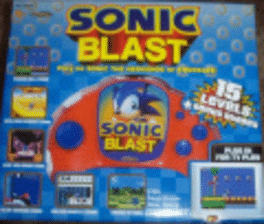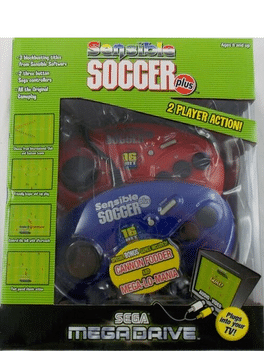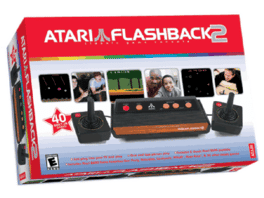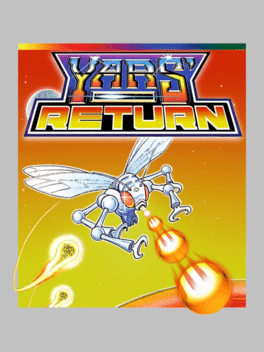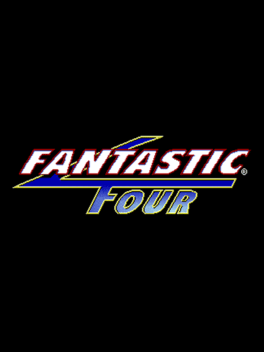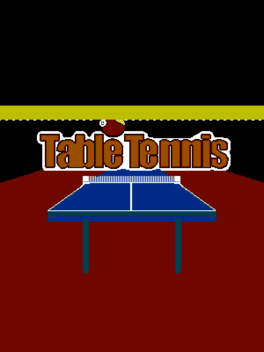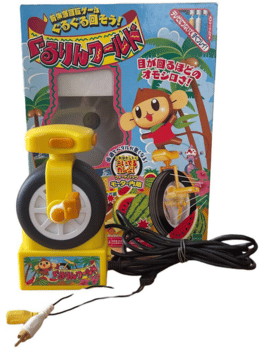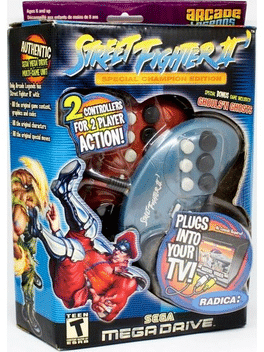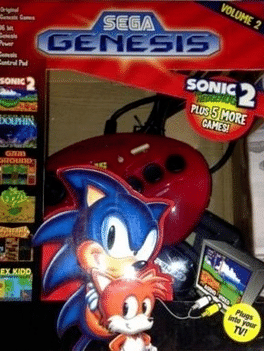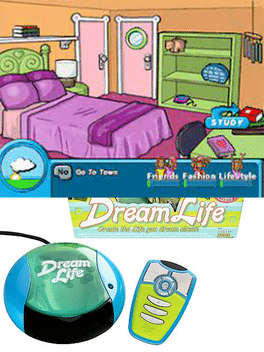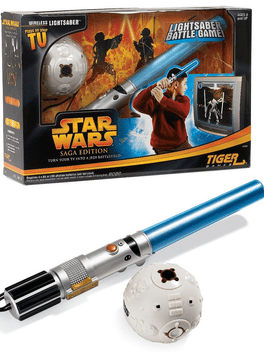New Plug Play Games - Page 16
-
Sonic Blast
2005
Sonic Blast
2005
Sonic Blast is one of the plug in play game consoles created by Techno Source. It requires 3 AA batteries. Only one game is included, which is the Game Gear version of Sonic Blast. -
Arcade Legends Sensible Soccer Plus
2005
The Arcade Legends Sensible Soccer Plus is a Sega Mega Drive "console on a chip" designed and manufactured by Radica under license from Sega Toys and Codemasters. It contains the Mega Drive versions of Sensible Soccer, Cannon Fodder and Mega Lo Mania. -
Atari Flashback 2
2005
Atari Flashback 2
2005
The Atari Flashback 2 is the successor to the Atari Flashback and includes 40 Atari 2600 games including homebrews and unreleased prototypes. It also contains two hidden games: Warlords and Super Breakout. -
Yars' Return
2005
Yars' Return
2005
A hack of Yars' Revenge to make it into a proper sequel. Initially a homebrew, but later officially released on Atari compilations, including originally on the Atari Flashback 2 in August 2005. -
Fantastic Four
2005
Fantastic Four
2005
Fantastic Four is a platform-style video game developed by Digital Eclipse and released by Jakks Pacific in 2005 as part of its TV Games line of dedicated video game consoles. -
Corridor
2005
-
Denger Zone
2005
-
Brave Boy
2005
-
Robot
2005
-
Cute Fish
2005
-
Xmas Gift
2005
-
Table Tennis
2005
-
Edacity Snakes
2005
-
Gururin World
2005
-
Arcade Legends Street Fighter II': Special Champion Edition
2005
The Arcade Legends Street Fighter II': Special Champion Edition, known as the Play TV Legends Street Fighter 2 in the US and the Mega Drive Play TV 3 in Japan, is a Sega Mega Drive "console on a chip" designed and manufactured by Sega Toys. In the West it was distributed by Radica. The system contains Street Fighter II': Special Champion Edition and the Mega Drive version of Ghouls'n Ghosts built-in. It also comes with two controllers. -
Arcade Legends: Sega Genesis Volume 2
2005
The Arcade Legends Sega Mega Drive Volume II, known as the Arcade Legends Sega Genesis Volume 2 or Play TV Legends Sega Genesis Volume 2 in North America and the Mega Drive Play TV 2 in Japan, is a Sega Mega Drive "console on a chip" designed and manufactured by Sega Toys. In the West it was distributed by Radica. -
Dream Life
2005
Dream Life
2005
Dream Life is a dedicated console life simulation game targeted at girls between the ages of 8 and 14 created by Hasbro and released in 2005. Dream Life is a game where players create a girl character, ranging from hair to clothes. They can also determine how smart, funny, athletic, creative or outgoing the girl character is. -
Star Wars: Saga Edition: Lightsaber Battle Game
2005
Star Wars: Saga Edition: Lightsaber Battle Game is a plug'n'play game released in 2005, shortly after Star Wars: Episode III Revenge of the Sith. It lets the player use a wireless lightsaber to "defeat" enemies from the Star Wars saga. The game claims to be from the point of view of a Jedi the player names, but most of the events occurred to Jedi Obi-Wan Kenobi. -
Master System 3 Collection: 105 Super Jogos na Memória
2004
The total of games considers the following bundles: 20 em 1 as 20 games, Pense Bem as 10 games and Astro Warrior/Pit Pot as 2 games.
